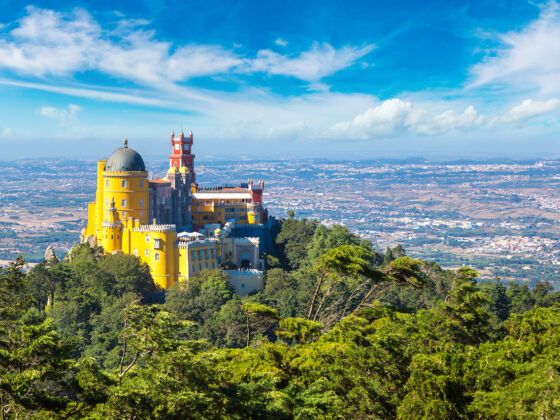PROVING THAT PORTUGAL is so much more than Cristiano Ronaldo, Port wine, and Fado, here are 11 other pretty awesome things Portugal has given the world:
1. “Shit liquor”
Or as the locals call it: licor de merda. It’s not actually made of the mentioned ingredient — it contains cinnamon, citron, vanilla, and cocoa, and along with Ginjinha de Óbidos and Licor Beirão, it’s one of our best-known local liquors.
Once you try it, you might even like it so much that soon you’ll be guzzling shit ice cream (gelado de merda), shit mousse (mousse de merda), caipishit (caipimerda), or your own shit recipe!
